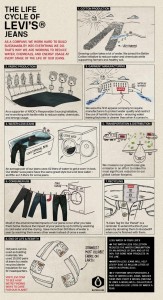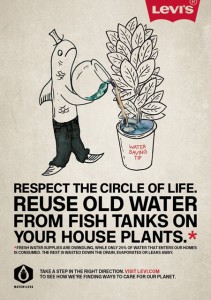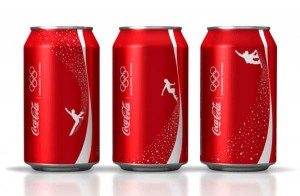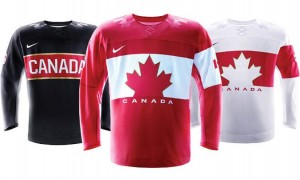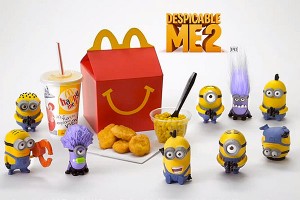As the end of the term quickly approaches, I would like to do a reflection on the COMM296 Business Plan Project, as it provided me with valuable experience and knowledge regarding the subject of Marketing.
At the beginning of the term, we started with the SWOT analysis, understanding what the company was good at, what needed to be improved, and opportunities for improvement. Moreover, we analyzed the environment in which the company operates in, including their competitors, partners, and the social and demographic factors. Although this part of the project was time consuming and requires lots of research, nevertheless, it was interesting and provided a good practice for a real marketing analysis.
Later on, we identified the appropriate target market segment of the company, which in terms led us to the next step of the 4Ps. As a electronic appliance retailer and warranty provider, we selected the products and services that we felt the company should stress on, and drew out some promotional strategies.
Finally, we started our video production by first coming up with a story board, outlining the essential scenes and wrote scripts accommodating each scene while providing enough plots and information for the viewers to fully understand our story; and more importantly, our analysis of the company along with our recommendations.
After watching other teams’ videos and reading their feedback of our’s, I acknowledged that our team focused too much on producing an entertaining video and neglected the depth and completeness of the content. We were lacking many of the important aspects of our written report, and our recommendations were thorough enough. We should have spend more time on writing our script, making it more interesting, professional, and insightful. Moreover, some feedback suggested that the ending of our video was too sudden and did not have a proper closure. I believe that is something to pay attention to in future projects.
Despite the mistakes that we have made, our team were very cooperative and it was really nice working with them. Although the ending result was not as satisfying as expected, we learned a lot of lessons that will help us in our near future.
